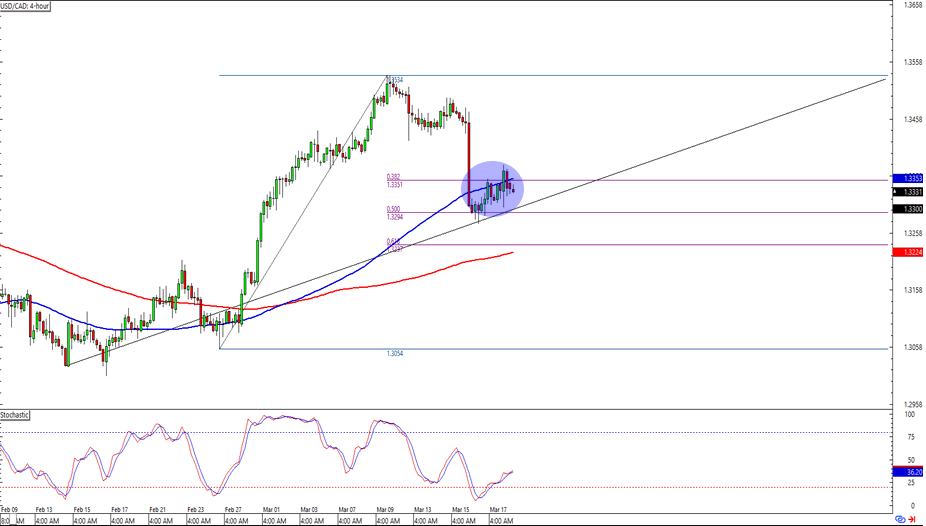Daily Insights Report 20/03/17
- 31 Mar 2017
20 Mar 2017
Industrial production in the US showed to have stayed stagnant in February, after showing a 0.1% fall in January’s data. Utilities showed to have shrank even though warmer weather has been seen across the country. As a result, any gains seen in manufacturing and mining were undone because of this.
Tuesday will show UK inflation data. This might be the first time in more than three years, that may show that consumer price inflation in the UK, reached if not already surpassed the 2.0% target in February. This is due to fuel and food prices. Imported products are also likely to have contributed to inflation as the depreciation of the Pound keeps adding to consumer prices. This week’s data will also be the first time that the Office for National Statistics releases a new version of ‘headline’ inflation (CPIH). This price index includes measures of housing costs for owner-occupiers, which are currently excluded from CPI.
– The USD opened at 100.25 and closed at 100.30. A G20 meeting was held on Friday and Saturday. These leaders from the world’s biggest economies found common ground regarding foreign exchange at the G20 meeting, but failed to agree on trade policies. After a decade-long tradition of endorsing and promoting trade between member nations, it was not the core topic at this meeting.
Commodities
– By the end of the last week, oil prices remained steady after reaching three-month lows. This came about since there after data showed higher US crude inventories and Saudi Arabia’s commitment to cut output. Brent crude was at $51.76 a barrel on Friday, which showed a 0.8% during the week. It is worth noting that the week’s lowest point was on Tuesday, at $50.25
– Gold saw some gains from a falling Dollar, ultimately rising $3 to $1,229 per ounce. During the week, gold gained a total of $24 per ounce.
Euro (EUR)
Spain – Foreign Trade
Spain’s monthly trade deficit is likely to have widened to EUR 3.1 billion in January from EUR 2.4 billion in December. The rise in imports likely came from the recovery in energy prices which was offset by stronger business activity in the area. Even though oil prices came down slightly during this month, it had spiked in January. Brent crude gained about 78% year-over-year in January, which is the sharpest annual rise seen since 2000. Higher oil prices combined with Spain’s heavy reliance on importing energy from abroad boosted imports.
Robust PMI results for January in Spain suggest that demand for exports will continue to grow. Overall, it is likely that the deficit will widen in January and the trends suggest that it may continue for the coming few months.
Technical Analysis
USDCAD
Looking at the 4-hour chart of this pair, we can use the Fibonacci retracements for analysis. Currently, the pair is struggling to continue its downtrend below the 1.3300 level. This lies at the middle of the trend line and 50% retracement. The stochastic indicators suggest the currency just left the oversold territory. If the USD is expected to appreciate against the CAD in the near future, now would be a good time to enter a trading position as the Fibonacci tool suggests that it may go in this direction. Paying close attention to oil related data would be important as the CAD is vulnerable to fluctuations in oil prices.


